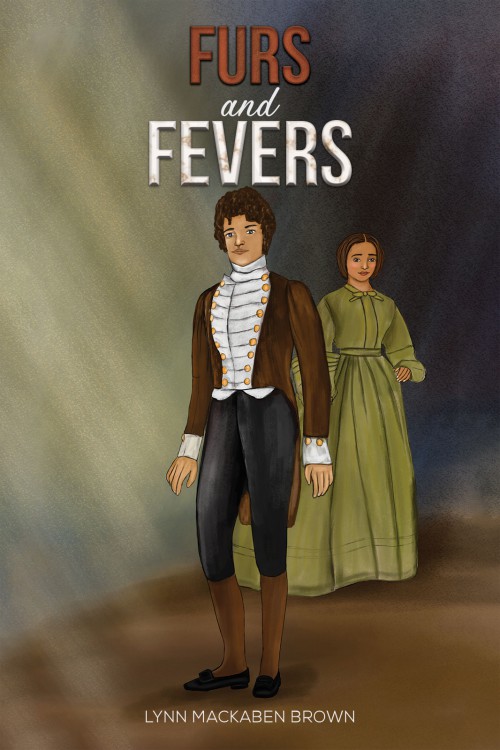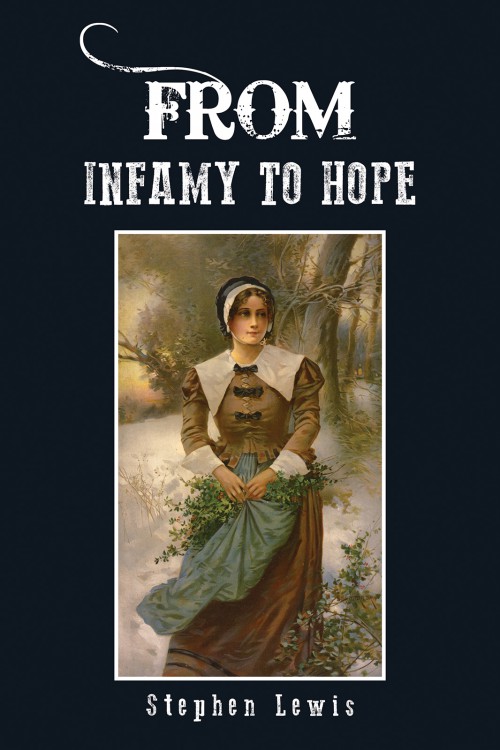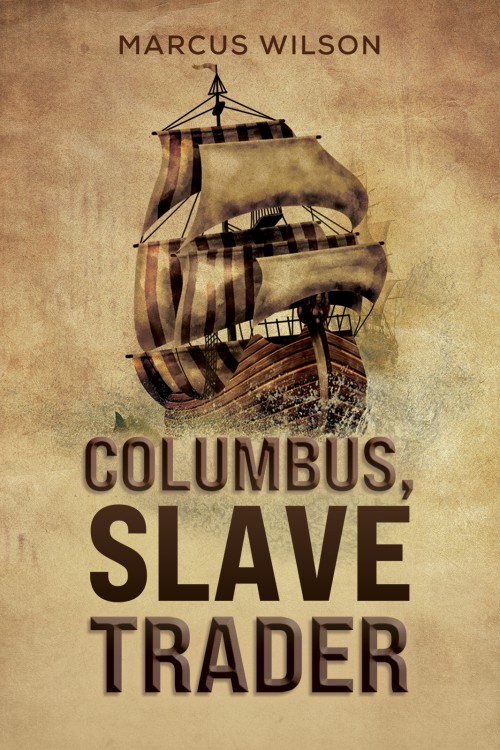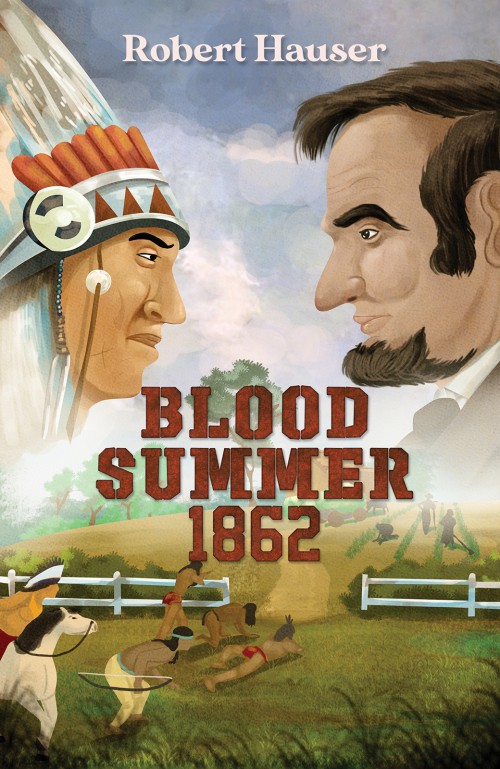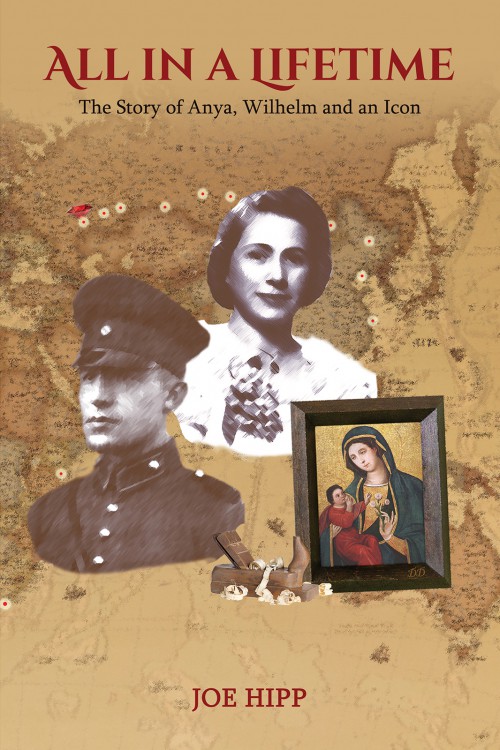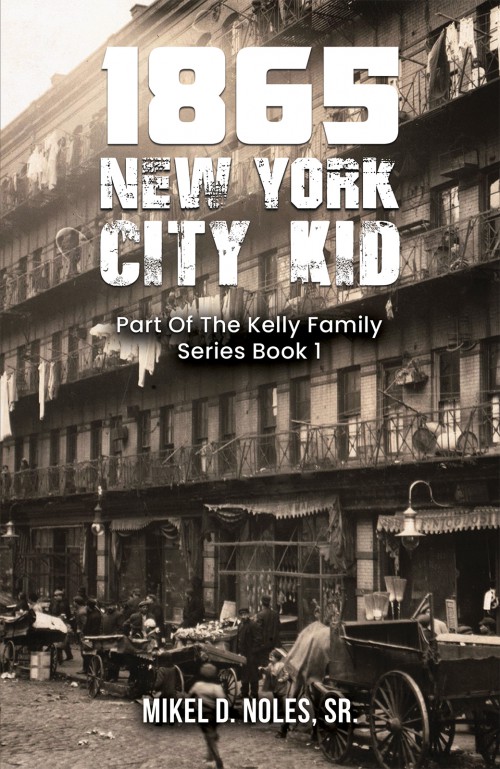-
Government Girls
It’s 1942, and best friends Mary and Marge leave their teaching jobs behind in Iowa to move to Washington D.C. to work for the FBI. Excited yet apprehensive, neither of them could anticipate the rapid changes the war will bring into their lives.
Arriving at Union Station, they meet Dotty, a quick-witted woman who left her all-girl band in New York City in search of new opportunities. Despite rampant racism, Dotty manages to find a clerical job with the government, thanks to her prized possession - a typewriter.
The three women band together, renting rooms in a run-down mansion that operates as a restaurant and boarding house. Under the same roof lives Natalie, an eccentric artist trying desperately to sell her screenplays and achieve her Hollywood dreams.
As Mary and Marge begin their demanding fingerprint filing jobs at the FBI, they find themselves growing increasingly vulnerable, but also courageous, in the face of a world ruptured by war. The four women couldn’t be more different, yet they forge an unbreakable bond confronting rapidly shifting social conventions and opportunities for women.
-
Furs and Fevers
Don’t mistake this for dry history! Lynn MacKaben Brown’s Furs and Fevers offers the reader a view into a long lost and mostly forgotten world—a world where Indigenous tribes interact with French-Canadian trappers and traders, while their way of life is unravelling under the pressure of American expansion into Indiana. The characters are historical, and their interactions follow the historical records available thanks to Brown’s exhaustive research.
The author has a gift for placing believable and compelling words in the mouths of those long dead and weaving it all into a story that keeps the reader entranced. Along the way, without noticing, that reader receives an education into the systems and politics of Indiana and the frontier in the early part of the 19th century.
There is plenty within these pages to challenge you, and controversial actions that leap out of their hoary context and force you to contend with your contemporary judgements and worldview. The past has dilemmas that can still cause debate today.
“Furs and Fevers is a compelling, enjoyable, and highly enlightening read that I envy you the initial discovery experience that is now, sadly in my rear-view mirror. Savor it!”
Brian Hogan, direct descendent of Dominique Rousseau.
“Lynn enthusiastically embraces the concept of history as a story. She combines bulldog determination to unearth truth with her interpretation of events. Then she re-creates the multicultural, time-honored role of tribal historian/storyteller. And who doesn’t love a good story?”
Sigmund Brouwer, author of The Last Temple.
-
From Infamy to Hope
Told in the compelling voice of Rachel Moore, a housemaid in 17th century Puritan Boston and featuring that colony’s two most powerful figures in Governor John Winthrop and his courageous opponent Anne Hutchinson, From Infamy to Hope is the story of the religious persecution of a servant girl made pregnant by rape. Convicted of fornication, she is sentenced to wear a black W for “whore” on her gown. Over the opposition of Hutchinson, the colony heads into war with the Pequot Indians. Rachel masquerades as a boy soldier, hoping to recover her baby who was sold to the Pequots by her alcoholic father to satisfy a debt.
She is at the war’s final battle when the colonial army burns down the Pequot’s fortified village in Mystic, Connecticut. Will she find her baby among the ashes?
Although Hutchinson was ultimately excommunicated and banished, a statue in her honor now stands before the State House in Boston, and a parkway bears her name in New York near where she died in another Indian war. Her descendants include F.D.R., the Bushes, as well as Mitt Romney. The present day Pequots now run Foxwood Casino near the site of the massacre in Connecticut.
-
Columbus, Slave Trader
Columbus, Slave Trader delves into an eye-opening exploration of history as it uncovers a seldom-told truth: the initial transatlantic slave ships did not traverse from Africa to America with captive Africans. Instead, the journey took a different, darker turn. The very first slave ships embarked from the New World to Europe, carrying a harrowing cargo of 500 captured Native Americans. Their enslaver? Christopher Columbus himself.
As the narrative unfolds, we confront the chilling reality of this early chapter in the slave trade, where these Native Americans, originally destined for Seville’s slave auction, endured unimaginable hardships. Only 80 would emerge as survivors, highlighting the heart-wrenching toll of this historic voyage.
Columbus, Slave Trader is a stark, essential and accurate historical fiction account that challenges prevailing narratives, shedding light on a pivotal moment in history and reevaluating our understanding of Columbus as not just an explorer but also a slave trader.
-
Bridge of Stones
In the simmering heat of August 1967, a kaleidoscopic minivan carrying a band of hippies – adorned with long hair, beards, beads, sandals, and granny dresses – pulls up at the gates of Ft. Gordon, Augusta, GA, then the heartland of the Military Police. Their mission is unconventional: to instruct the 25th Infantry Division, 60th Mine Scout Dog Platoon in harnessing the keen senses of dogs to detect landmines, trip wires, and hidden tunnels.
The air crackles with animosity as two worlds collide: the free-spirited and the regimented. Yet amidst the discord, Charlie Fasanaro, a young man with wisdom flowing through his veins, recognizes the crucial necessity of forging a bridge across the chasm of enmity that separates them. Their common cause is as clear as it is noble: saving lives in a theatre of war. Unbeknownst to Charlie, he is on the precipice of a spiritual catharsis that will redefine his very essence.
Volunteering to journey to the harsh landscapes of Vietnam alongside the 60th, Charlie is plunged into the visceral cruelties of war. Amidst the chaos, he witnesses acts of heroism and self-sacrifice that cast a new light on the soldiers he stands beside; a nobility and honor scarcely seen amidst the peace-loving circles of his civilian life. This revelation propels Charlie into a tumultuous voyage of self-discovery, as he grapples with his identity amidst a whirlwind of contrasting ideologies.
Bridge of Stones navigates through the turbulent waters of a time where ideologies clashed and the essence of humanity was put to the test. As Charlie endeavors to find his footing on the battlefield of conflicting beliefs, readers are ushered through a rich narrative that explores the profound essence of camaraderie, the unyielding spirit of sacrifice, and the indelible marks etched upon souls in times of war and peace.
-
Blood Summer 1862
1862 was the second year of the Civil War and a year when hundreds of European immigrants and settlers from the eastern United States were building cabins and clearing farmland in Minnesota.
It was also the year when the Dakota Sioux were starving on their reservation because the annuity from the federal government was late, and the traders refused to sell them food on credit. In August the smoldering firestorm erupted, and the Dakota Sioux went on a rampage that shook the state and the nation.
This is the story of a newly-arrived Swedish family who suffered through it, of a devout Dakota Sioux man who helped them and many others survive, and of the President of the United States, Abraham Lincoln, who sought justice for 303 condemned Dakota Sioux prisoners in the midst of the bloodiest battle of the Civil War.
-
An Irishman's Story of Survival
Every life is a tapestry of challenges, with resilience as its weft and weave. Amidst the torrent of trials that threaten to engulf one’s spirit, there stand the unyielding souls who, with a spark of defiance in their eyes, dare to face the tempest and emerge on the other side. They are the survivors, the dauntless hearts who tread the rocky path with an unwavering resolve.
Kevin O’Donnell is a beacon of such indomitable spirit, grappling with life’s relentless waves that seek to subdue him. In the turbulent era of mid-20th century, the world could be a harsh, unforgiving place for a young Irish lad. Yet, within Kevin lies a burning desire to carve out his niche, to transcend the barriers that life hurls his way and grasp the reins of a fulfilling existence.
Can his resolute will and earnest endeavor outshine the adversities that loom? Can he navigate the maelstrom and anchor himself to the shores of a prosperous life? Traverse the chapters of his journey within these pages, and unveil the saga of a young man’s undying spirit amidst the trials of time. Through Kevin’s eyes, explore a testament to the enduring human spirit that resonates with every beating heart that refuses to yield to life’s storms.
-
All in a Lifetime
It has taken over 40 years to piece together the story of Anya, Willi, and the Icon, like trying to put together a priceless Faberge egg shattered intentionally without a clue as to how it once looked. Anna (Anya) and Wilhelm (Willi) lived in a small German village when we met half a century ago. Their remarkable life stories are the heart of this novel. Real life has many detours and contradictions, each piece of their stories led to another story. An Icon hung on the wall of the entry to their home and it was there that fact met fiction. Weaving related stories into this novel, preserving the memory of each individual and the times in which they lived, required some manipulation of facts. It is the story of a much-travelled Icon and a treasure (not an ARC “Traveling Treasure”) including the lives it touched. And it is a story of love found late in life.
-
1865 New York City Kid
Set in the year 1865, as the Civil War draws to a close, 1865 New York City Kid follows the story of 16-year-old Daniel Kelly. Born and raised in the slums of New York City, Daniel, known as ‘Kid’ among his friends, yearns for something beyond the monotonous life he’s known. Working for the New York Tribune, like his late father before him, Daniel finds himself disillusioned, especially after a much-anticipated promotion eludes him. It’s at this juncture that Daniel meets Big Tom, a fur trapper, who persuades him to leave the familiar streets of New York for the wilds of the Washington Territory. The prospect of becoming a fur trapper and the lure of a new life is too enticing to ignore. Thus begins Daniel’s remarkable journey, chronicled through his own eyes, as he travels by train and stagecoach in search of a better future.
1865 New York City Kid is a tapestry of fact and fiction, weaving historical elements with the imaginative realm of storytelling. The novel delves into the essence of the American West, a place where the line between truth and myth often blurs, giving rise to folklore and legends. This narrative, presented as Daniel’s daily accounts, offers a unique glimpse into a pivotal era in American history, through the eyes of a young man at the threshold of adulthood, adventure, and the unknown.
We use cookies on this site to enhance your user experience and for marketing purposes.
By clicking any link on this page you are giving your consent for us to set cookies


